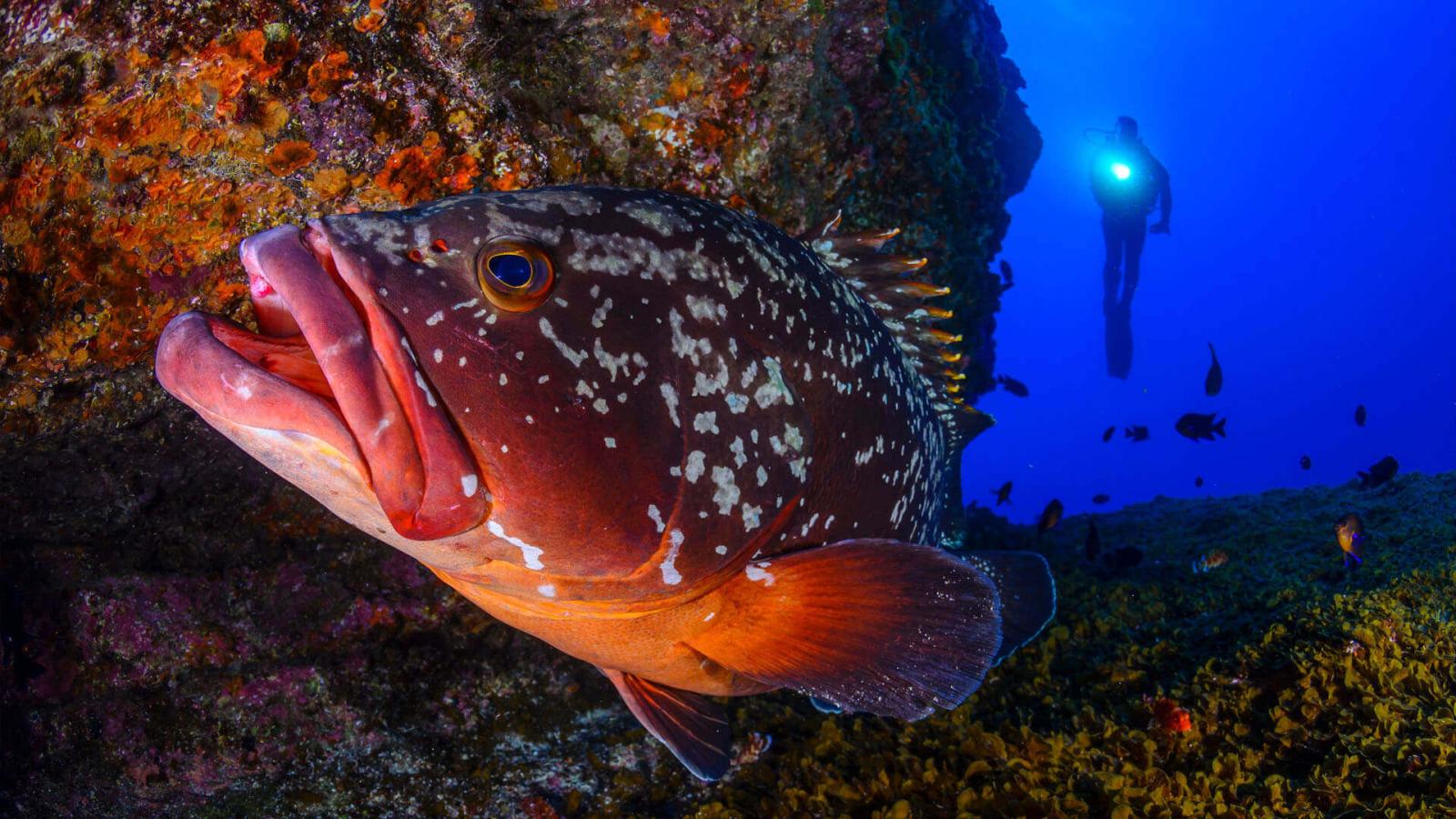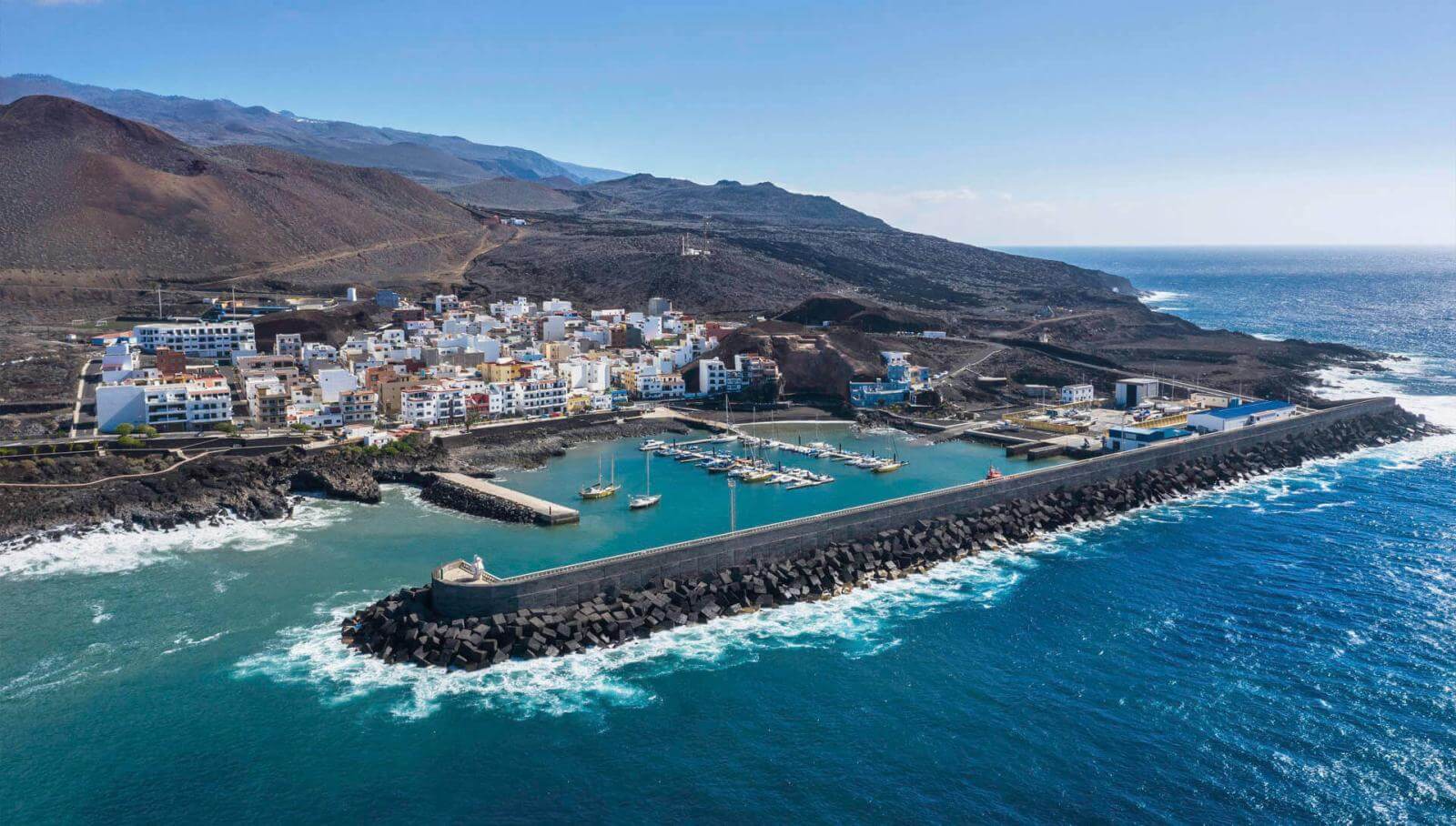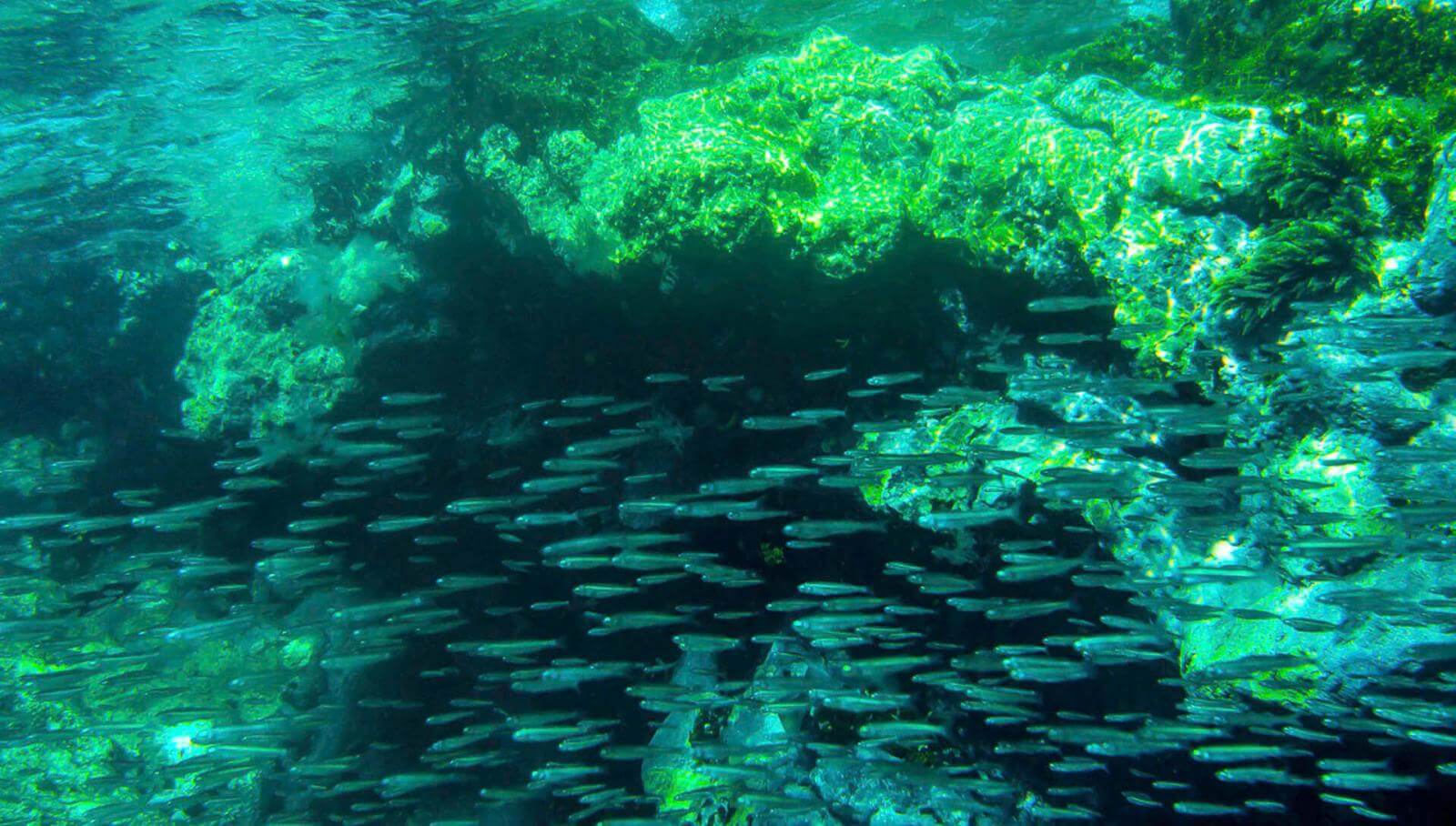Fiction and documentaries are full of references to underwater calderas, but El Hierro offers the chance to explore one up close. Tagoro is the youngest of El Hierro’s volcanoes and is responsible for breathing new life into the appearance and underwater life of a very special area: the La Restinga Marine Reserve.
Beneath the waters of the Mar de Las Calmas, five kilometres off the southern coast of the island, lies one of the greatest pieces of evidence that El Hierro’s nature is very much alive. A few years ago, the seabed in this area was 355 metres deep, but today there is a volcano here, the summit of which is just 88 metres below the surface, with a crater measuring 127 metres in diameter
Setting a course towards the Tagoro volcano
Tagoro is the word the indigenous people of the Canary Islands used to refer to a group of rocks and a meeting point. But in order to meet, you first need to know the location. The former El Hierro underwater volcano is part of the Canary Islands Seamount Province, an area of more than 500,000 square kilometres that includes 16 abyssal hills and the archipelago itself.
To access, or rather float above the Tagoro volcano, you need to travel to La Restinga, the southernmost point of the island, the archipelago and also Spain. In this remote fishing village, the passion for diving is palpable. Its small beach of black sand with a blue flag is the main gateway to the Mar de las Calmas, a marine reserve with a name that does not deceive, hiding as it does a spectacular underwater ecosystem rich in forms, fauna and flora.
The flourishing history of the young volcano
Records agree that the eruption began on 10 October 2011, but the birth of the Tagoro volcano began a few days earlier, with a significant increase in seismic activity. The population felt around 90 earthquakes, but underwater, the Canary Islands Volcanic Institute recorded more than 11,000, achieving the milestone of monitoring a complete eruptive process for the first time in Spain.
The eruptions and underwater movements lasted until 5 March 2012. After 148 intense days, the event came to an end. The result was a new volcano 700 metres in diameter and 120 metres high, which initially dealt a severe blow to the marine and fishing environment.
After its eruptive phase had concluded, the volcano became a hydrothermal vent. Its warm waters have since been driving the regeneration and improvement of 7.5 square kilometres of marine ecosystems.

El Hierro: a paradise for divers
The youngest island in the Canary Islands archipelago is best enjoyed in a wetsuit. The volcanic seabed of El Hierro is home to fascinating marine life, which can be explored through dozens of dive sites suitable for all levels. The transparency of the waters, which allows for visibility beyond 30 metres, combined with its pleasant temperature throughout the year and the huge respect for the marine environment shown by the locals make the island one of the best destinations in the world for diving.




